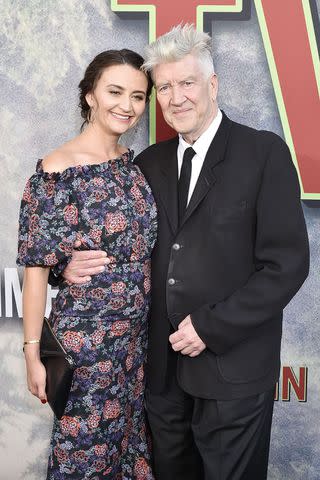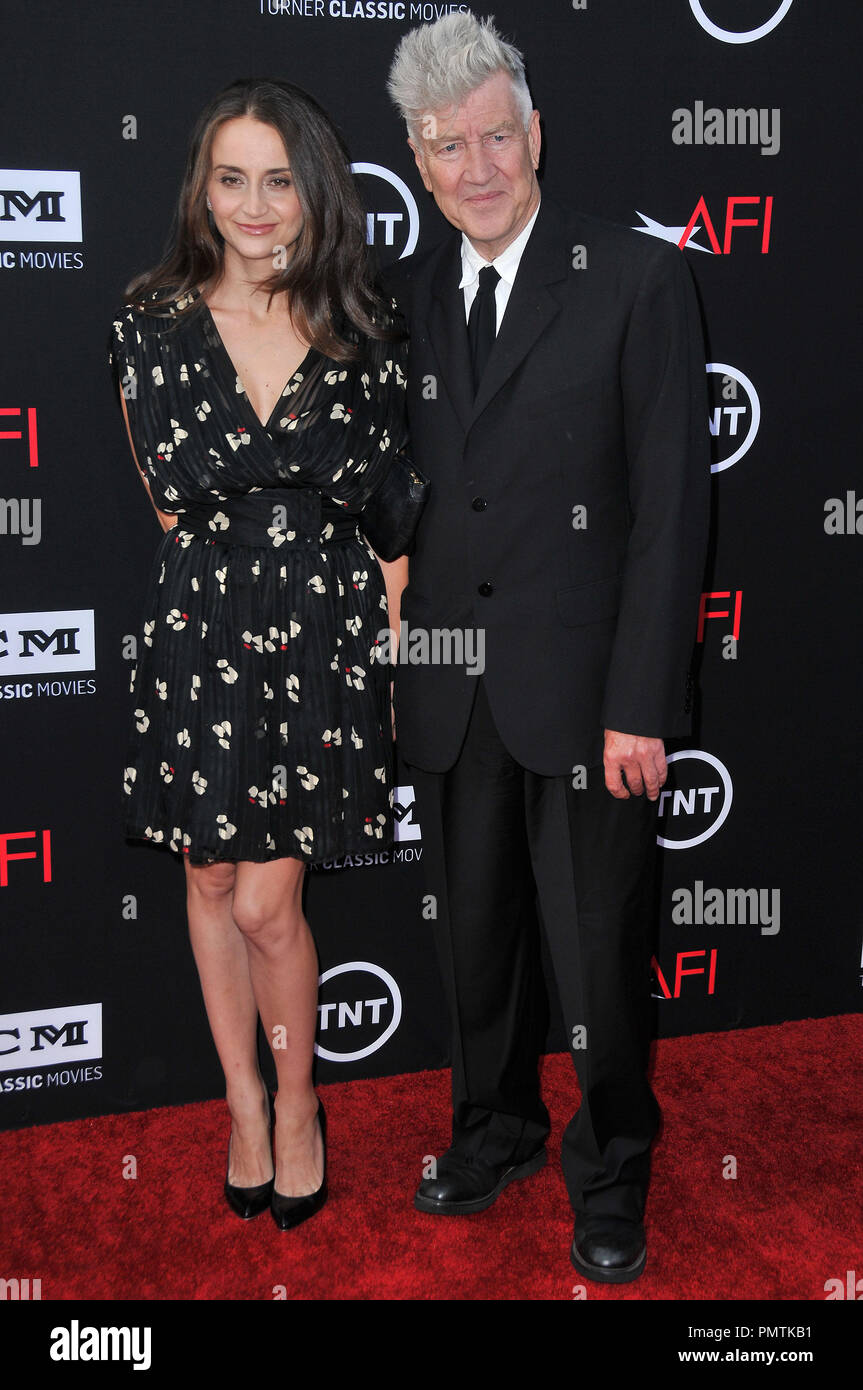Can the end of a 14-year marriage truly encapsulate the complexity of a relationship that bore both professional and personal fruits? The recent filing for divorce by Emily Stofle, wife of legendary director David Lynch, has sent ripples through Hollywood circles. This dissolution marks not just the end of a marital bond but also the cessation of a partnership that influenced some of Lynch's most celebrated works.
Emily Stofle, an American actress known primarily for her roles in David Lynch projects, including Twin Peaks and Inland Empire, sought legal separation from Lynch in 2023. The petition cited irreconcilable differences as the primary reason for the split. Alongside this request, Stofle asked the court to grant her sole custody of their daughter, Lula, born in 2012. This decision comes after over a decade of marriage, during which they collaborated on multiple artistic ventures.
| Bio Data | Details |
|---|---|
| Name | Emily Stofle |
| Date of Birth | [Not Publicly Available] |
| Place of Birth | United States |
| Profession | Actress |
| Marital Status (as of 2023) | Divorcing |
| Spouse | David Lynch |
| Children | One daughter, Lula |
| Career Highlights | Role as Sophie in Twin Peaks (2017), appearances in Inland Empire and Dior short films directed by Lynch |
| Reference Link | IMDb Profile |
The couple initially met under circumstances that exemplify Lynch’s penchant for discovering talent organically. Stofle’s introduction into Lynch’s world began with her role in “Inland Empire,” a film noted for its experimental narrative structure and enigmatic themes. Her performance caught the attention of critics and solidified her place within Lynch’s cinematic universe. Subsequently, she appeared in various other projects, including narrating Lynch’s short film “Boat” and starring in his Dior fashion film “Lady Blue Shanghai.” Each collaboration deepened their professional rapport while intertwining it with personal ties.
As part of the iconic revival of “Twin Peaks” in 2017, Stofle portrayed Sophie in Part 14, further cementing her association with Lynch’s distinctive style. Fans and industry insiders alike praised her ability to embody characters steeped in mystery and emotional depth—a hallmark of Lynchian storytelling. However, despite these successes, their private lives remained largely shielded from public scrutiny until now.
Reports indicate that Stofle filed for divorce citing irreconcilable differences without elaborating on specific issues. Nevertheless, sources close to the couple suggest that creative differences may have played a role alongside traditional marital challenges. While Lynch continued exploring avant-garde narratives, Stofle pursued opportunities beyond his immediate sphere, possibly signaling divergent career aspirations. Additionally, disagreements regarding raising their child might have contributed to tensions leading up to the separation.
Legal proceedings surrounding custody arrangements underscore another layer of complexity within this high-profile case. By requesting full custody of their daughter, Stofle emphasizes prioritizing familial stability amidst upheaval. Such decisions reflect broader societal shifts where women increasingly advocate for equitable parenting roles regardless of celebrity status or wealth disparities. Meanwhile, Lynch remains silent publicly about the matter, adhering perhaps to his preference for privacy even amid intense media focus.
Despite the dissolution of their union, both parties acknowledge mutual respect and appreciation for shared experiences. Their collaborations produced lasting contributions to contemporary cinema, influencing countless filmmakers worldwide. As fans grapple with understanding this development, they are reminded once again how deeply intertwined personal relationships can become with artistic endeavors—resulting sometimes in extraordinary creations yet inevitably subject to human frailties.
In reflecting upon this chapter of David Lynch’s life, one cannot overlook the profound impact Emily Stofle had during their time together. From contributing significantly to his later works to navigating parenthood alongside global fame, their journey exemplifies the delicate balance required when merging artistry with intimacy. Whether viewed optimistically or critically, their story serves as testament to resilience and adaptability in modern partnerships shaped equally by passion and practicality.
As details emerge concerning final settlements, observers await confirmation whether pending agreements will resolve outstanding matters amicably. Regardless of outcome, history books shall remember not only David Lynch’s visionary genius but also Emily Stofle’s integral role in shaping certain facets of his legacy—an enduring reminder that behind every great artist often stands an equally remarkable partner whose influence extends far beyond public perception.

:max_bytes(150000):strip_icc():focal(999x0:1001x2)/David-Lynch-and-Emily-Stofle-120123-4-d943d692c1b34a8297678723f70268ed.jpg)


